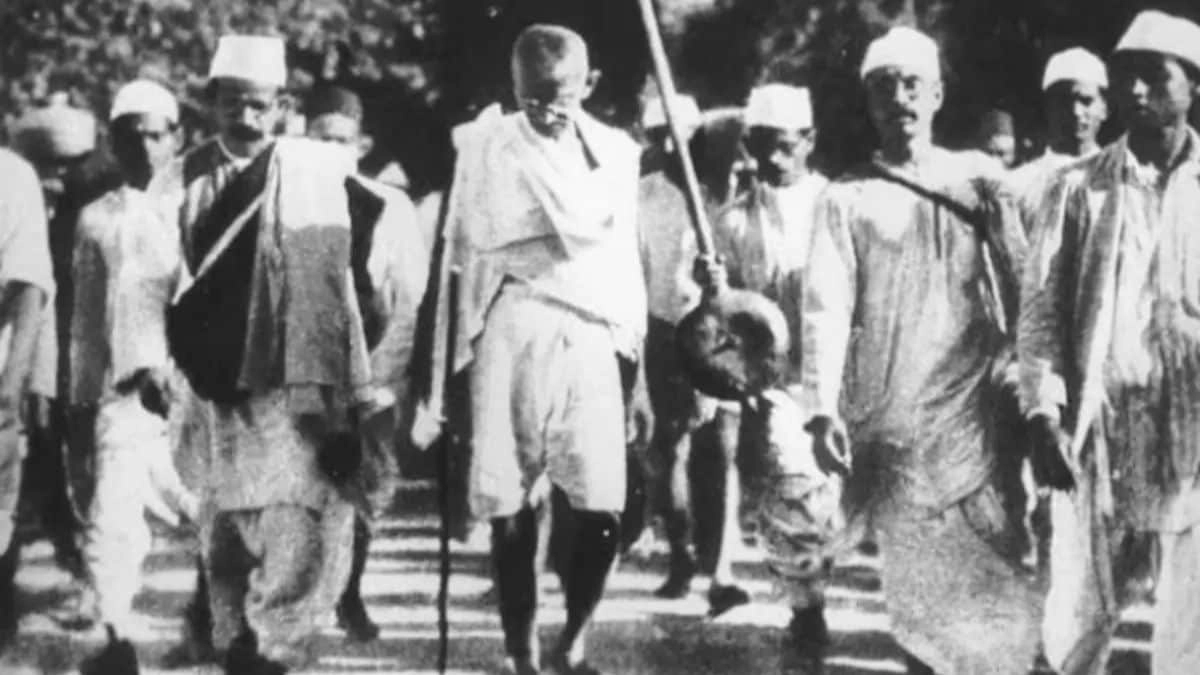India’s selection of August 15 as its Independence Day is a significant historical milestone, and it intriguingly ties back to Japan. On this date in 1947, India emerged as a sovereign nation, freed from British colonial rule. However, the choice of this particular date was influenced by events that unfolded in Japan during the same summer. Japan’s surrender in World War II on August 15, 1945, marked a pivotal moment in global history and had far-reaching implications for Asian countries striving for independence. The fall of Japan, an imperial power, inspired many Asian nations, including India, to push for their own liberation and sovereignty.
The connection between India’s independence and Japan’s surrender is emblematic of a broader movement across Asia, where colonized nations began to seek independence from Western powers. Indian leaders, including Jawaharlal Nehru and Mahatma Gandhi, were keenly aware of the changing geopolitical landscape following Japan’s defeat. The defeat of Japan, which had been a major colonial force in Asia, opened up possibilities for other nations to assert their rights to self-determination. This historical context underscored the significance of August 15, as it not only commemorated India’s independence but also symbolized a collective aspiration for freedom across the continent.
Moreover, Japan’s post-war transformation into a democratic nation served as an inspiration for India as it set out to build its own democratic framework. The Japanese model, characterized by resilience and rapid recovery, provided a reference point for India as it faced the challenges of nation-building in the aftermath of colonial rule. The convergence of these historical narratives highlights the interconnected nature of global independence movements and the shared struggles of nations in their quest for autonomy. Thus, India’s choice of August 15 not only honors its own journey but also acknowledges the larger currents of change sweeping through Asia in the mid-20th century, reflecting a moment of solidarity and shared purpose among nations emerging from the shadows of imperialism.




